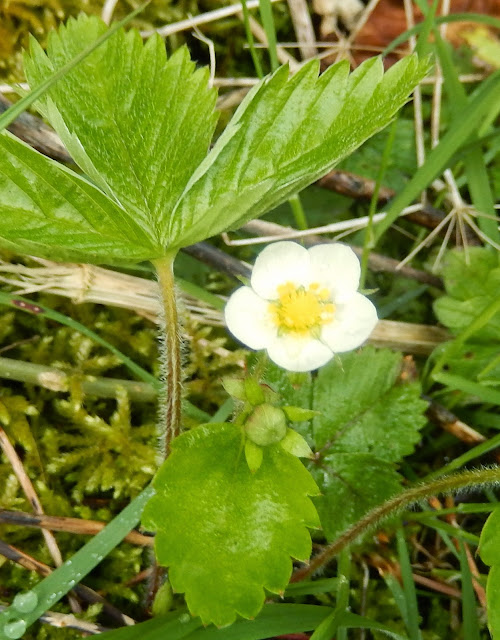Haia Pawb
Now that I will be heading back to Australia, I think it opportune to detail the benefits of my eight-week residency at Stiwdio Maelor. When I applied for the residency, I had hoped the time away from normal routines would dramatically help me with my dark ages project. It certainly did this, even if I didn’t achieve exactly what I had hoped.
As you may have gathered from previous posts, my achievements during this trip, like climbing mountains, don’t usually happen in the way I expect. Sometimes this has been because of a tendency to jump into a situation without given it the right level of planning. In regard to my novel, I thought eight weeks would be enough time to redraft the 100,000 words of the manuscript. That I didn’t achieve this was more to do with the over-estimation of my editing and rewriting pace than with a lack of foresight or planning. For example, I found myself spending the early period of the residency in an unexpected structural edit of the manuscript, before resuming the line editing.
Still, I'm happy with what I achieved during the residency, which I’ve listed below:
Fiction
Editing of previously redrafted novel chapters = 11, 864 words
Writing/editing/re-writing of new chapters = 50,195 words
Notes and other interdraft materials = 21,077 words
(However, the novel is growing in size, to an estimated 150,000 words, so I still have a long way to go.)
Poetry
Number of old poem drafts completed = 3
Number of new poems written = 2
Number of haiku drafts written = 25
Other
Number of blogs written = 11
(So far. I'll write up the rest of the trip after my return to Australia.)
Blogs and other pieces = 10,703 words
This is all very good for my writing goals, but the residency meant I could also explore other pertinent interests. Every few days I went for a walk, taking tons of photos and making notes about weather, trees, water flows, birds and flowers.
I also attended an Easter School in Welsh language, a weekly conversation group and, for several weeks, a formal class. This immersion in landscape and language I hoped would inform my writing: its rhythms and textures, its colours and contours, its character and story arcs. Certainly I feel more in touch with the mythic and spiritual aspects of the Land and know this will, at some point after I’ve processed my experiences, help authentic the tone and content of the novel.
I also received benefits I never expected, like stimulating conversations with fellow artists at Stiwdio Maelor, with neighbours, and with folk met at the pub next door and at the Welsh language sessions. Such conversations included the history of slate mining in the area and the foundation of the Centre for Alternative Technology (CAT), the nexus between language, landscape and worldview, the changes in the local landscape over the years, and the increasing friendliness of the village, possibly because of the influx of artisans and others with alternative ideas and careers. Some of these people have become friends, another bonus.
All in all, my experience at Stiwdio Maelor has enriched my work, my soul and my life. I would like to thank Veronica Calarco for accepting my application and for being such a hospitable, helpful and supportive studio manager, a wonderful conversationalist and a patient occasional Welsh language tutor. A residency at the studio is a fantastic opportunity for an artist to find the freedom, the headspace, to create new work, or edit old work, or explore ideas and techniques that may or may not result in any work but at least enhance the artist’s creative processes. For those wanting their work to flourish, put in an application and enjoy the experience and the results.
Thanks, also, to those who made my time in Corris fun, warm, informative, interesting and stimulating: Mary; Brian, his staff at The Slaters Arms, and the pub’s friendly patrons; Inge; Ellie and the Tuesday Welsh conversation group; the volunteer staff at the Corris Institute café; Jan at the Corris Post Office; Adam and Andy (best of luck with your new village venture); Adam and his son, Arthur; Lee Berwick, a fellow artist-in-residence; Martin and Beryl; and the many smiling, welcoming people of Corris I met in the street or during my walks around the village. Diolch yn fawr iawn.
So happy and productive was my experience in Corris that I have already promised I will return as soon as I can, maybe not for a residency but at least for a visit so I can catch up with everyone and introduce them to Jo, while showing her the village and the landscape around it.
 |
| Farewell drinks: Martin, Earl, Marilyn, Bill, Andrew, Simon (from the Stiwdio Maelor Facebook page) |
Till next time.
Cofion cynnes (Warm wishes)
Earl
Earl
PS. For those of you interested in applying for 2016, see here.











































.jpg)









